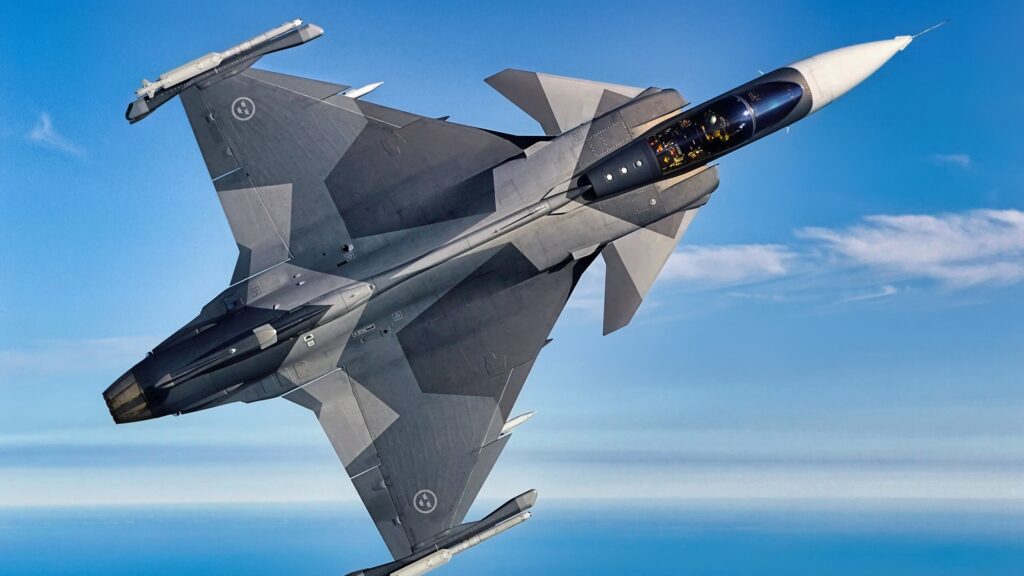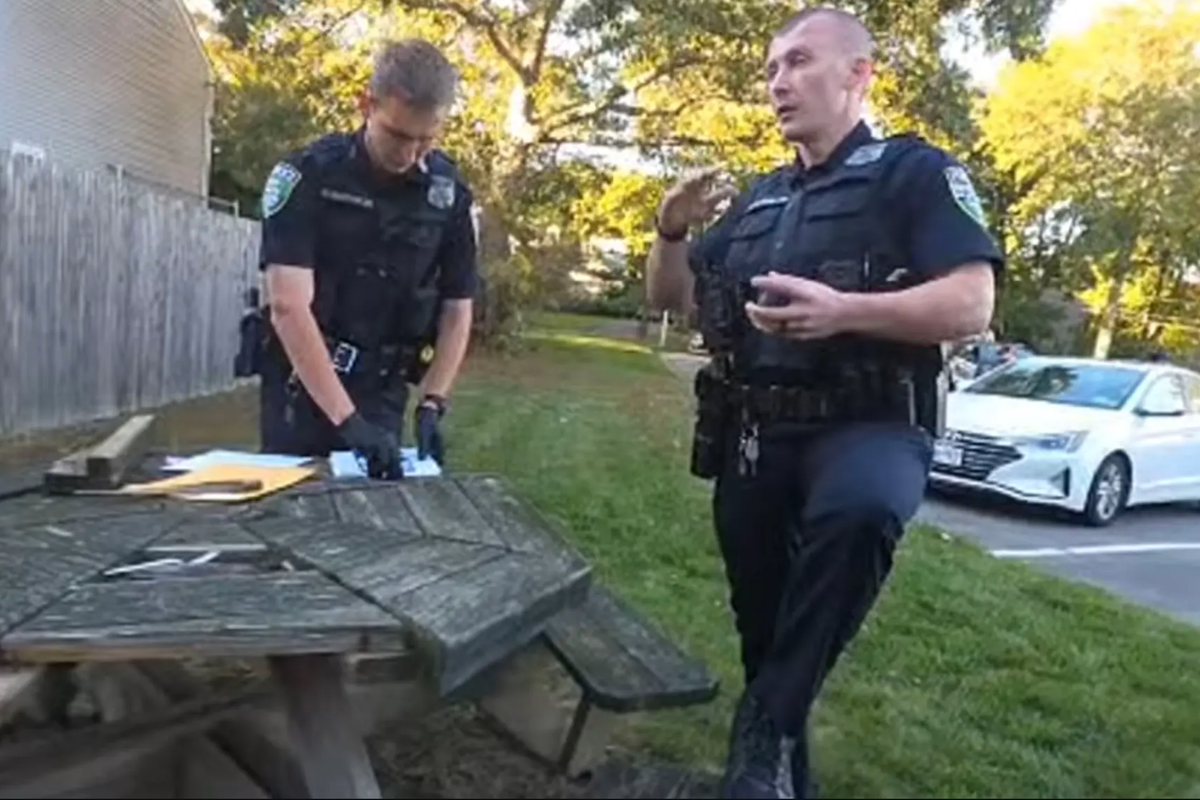When the call comes, whether it’s to quickly subdue a disorderly passenger or take that cold-bore headshot of a terrorist hijacking, a Federal Air Marshal (FAM) doesn’t get to warm up. You must deliver excellence on demand. The phrase “Performance on Demand” captures precisely this discipline: the ability to switch from standby to fully engaged, physically and mentally, without warning.
In elite military circles, such as the Green Berets, Rangers, Navy SEALs, and Air Force Pararescue, this ethos is woven into training, culture, and selection. The same principle doesn’t just apply to the airplane or the battlefield. This can easily fit into everyday life, such as in the boardroom or even in the grocery store. This article explores how “performance on demand” is built, tested, and internalized, and how anyone can borrow from the world of elite operators to raise their baseline.
What “Performance on Demand” Really Means
Performance On Demand isn’t just a slogan – it’s a way of life. It means having the ability to shift instantly from a state of rest to full engagement, moving from calm to peak performance in a heartbeat. It’s about being reliable under stress, maintaining clarity and control even as the pressure rises and the stakes grow higher. True performance on demand comes from integrated readiness, where physical strength, mental focus, emotional composure, and technical skill operate in harmony. And most importantly, it’s sustained through resilience: the capacity to perform, recover, and adapt repeatedly, no matter what challenges come next.
Many years ago, while enjoying a few too many adult beverages around a backyard bonfire, the conversation of performance on demand came up between me and my brother-in-law. By no means am I an endurance athlete but had great overall physical fitness. At the end of the discussion and a final bourbon, I entered my credit card number into a website and was officially entered in the 2013 Hartford Marathon. My simple goal – performing on demand without any long-distance training regimen – and hopefully not die from a heart attack along the way.
A Federal Air Marshal must often remain covert and unassuming until a threat emerges, then act decisively. One moment, you might be seated in coach; the next, you may need to neutralize a hijacker in the back row. There is no “ramp-up time.” The capacity to pivot instantly is Performance on Demand.
“Switch-On” Readiness
Our military’s elite serving in special operations units also epitomize the mantra of Performance on Demand. U.S. Army Rangers epitomize aggressive readiness. Their airfield seizure doctrine emphasizes rapid parachute infiltration followed by direct action after sitting idol on a C-17 aircraft waiting to be delivered to a foreign land. These units cultivate a mindset in which performance doesn’t escalate; it is held in a state of latent tension, ready for snap deployment.
Few cultures epitomize performance on demand better than the U.S. Navy SEALs. Their infamous Hell Week (where trainees endure extreme sleep deprivation, cold, physical taxation, and continuous pressure) is a crucible designed to break those who cannot switch on under chaos. SEALs often train with “stress inoculation” — exposing themselves repeatedly to high-pressure stimuli (gunfire, environmental extremes, sleep debt) so that in real operations, their baseline is higher, and their threshold for collapse is lower.
Across all these units, the doctrine is clear: your “on” must be stable, sharp, responsive – not oscillating between idle and panic.

.jpeg)






























 English (US) ·
English (US) ·